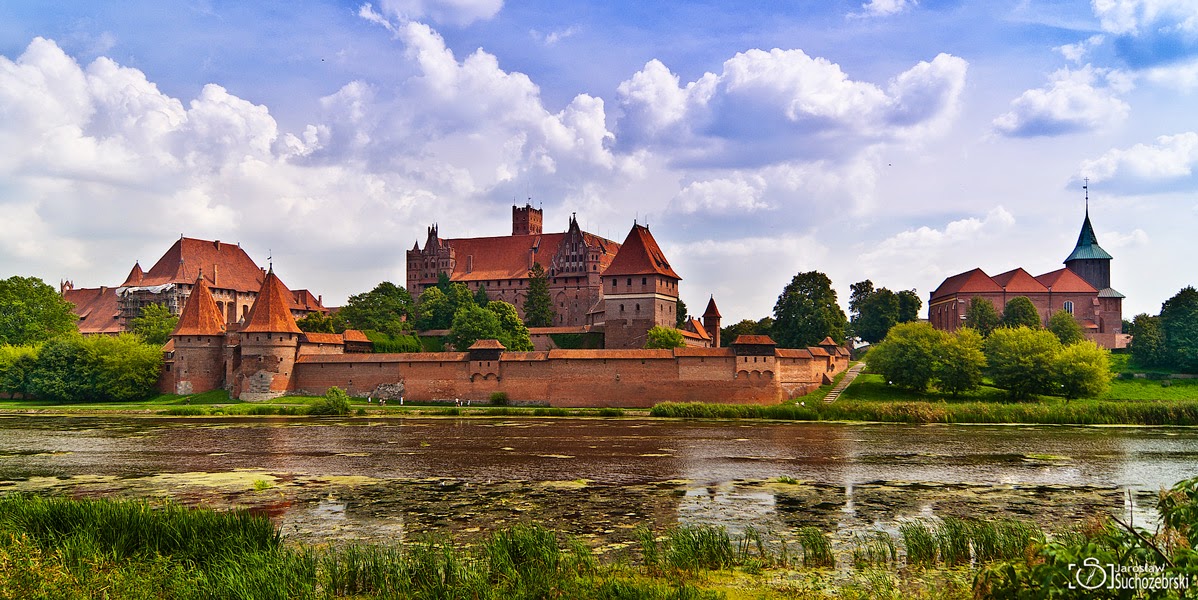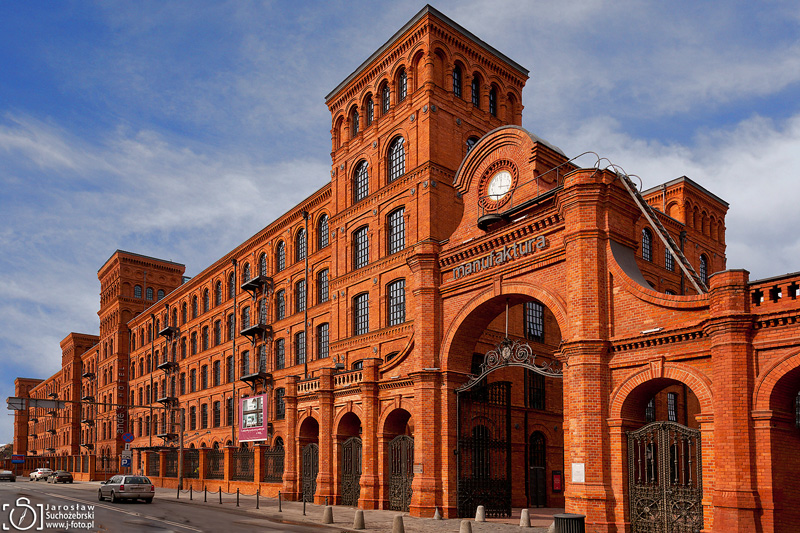Magical Kupala Night
Kupala Night (also called St. John’s Eve or "Sobótka") in Poland it is celebrated on the night of 23/24 June. The celebration relates to the summer solstice when nights are the shortest and includes a number of Pagan rituals. The tradition of Kupala predates Christianity. Due to the popularity of the pagan celebration, with time it was simply accepted and reestablished as one of the native Christian traditions intertwined with local folklore. Many of the rites related to this holiday within Slavic religious beliefs, due to the ancient Kupala rites, are connected with the role of water in fertility and ritual purification. On Kupala day, young people jump over the flames of bonfires in a ritual test of bravery and faith. Girls may float wreaths of flowers on rivers, and would attempt to gain foresight into their relationship fortunes from the flow patterns of the flowers on the river. Men may attempt to capture the wreaths, in the hope of capturing the interest of the woman who floated the wreath. (see: Wikipedia, Polska - Magical Kupala Night)























Gorgeous photos and interesting facts about St. John's Eve.
ReplyDeleteLeslie
abcw team
It must be dangerous to jump over the fire in those long dresses. - Margy
ReplyDeleteThank you so much for this fascinating look at Kupala Night. And.. what absolutely gorgeous photographs. The reflections and colours and misty ambience are stunning.
ReplyDeleteLOVE the reflection!
ReplyDeleteHow fun! Love the photos and the story behind it.
ReplyDeleteWhat a lovely tradition and beautiful photos! Thank you for adding to {Look Down}.
ReplyDelete